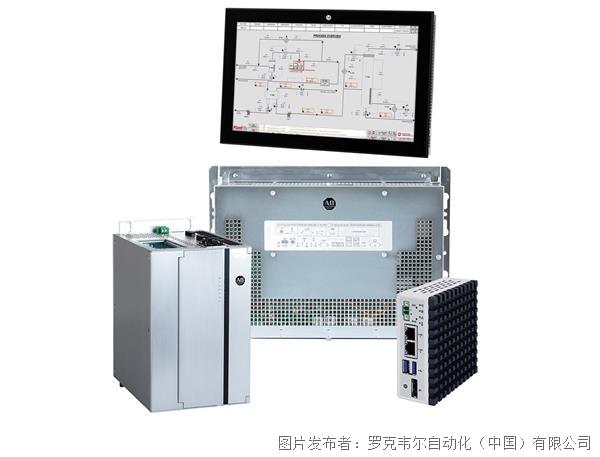罗克韦尔自动化 Vector Control System-Based DSP & Its Embedded Internet Technology
2007/1/26 8:55:00
1. Introduction Based on DSP technology speed sensorless vector control system is accomplished and the drive is directly accessed to Internet by means of the embedded Internet technology to complete remote control. In combination with the above functions this is my paper thesis. 2. System Structure & Function As a control mode of AC induction motor, vector control technology is the first scheme of advanced performance frequency conversion timing system. Based on mathematics model of induction motor, this technology decomposes magnetic flux current and torque current of motor winding coupling together in the selected coordinates system, and controls magnetic flux and torque separately in order to make the induction motor approach DC motor’s characteristic. TMS320F240 which is our drive core option, is a low price and high performance 16 bit DSP in 1997 from TI corporation of USA. It is a flash EEPROM specially designed digital motor control. It not only has high performance CPU core deployed with high speed digital signal processor, but has the peripheral device function just as single chip motor control. Combined with high speed operation function of digital signal processor and powerful control capability oriented motor, it is a desired substitute of traditional multi microprocessor unit (MCU) and multi-chip design system. Fig. 1 shows the schematic diagram of speed sensorless vector control system based DSP TMS320F240. The system makes up of main circuit, control circuit and assistant circuit. Adopting 6-cubes encapsulation power module IGBT the main circuit performs power transform. As TMS320F240 the core, the control circuit is used to complete these functions such as vector control core algorithm, PWM generator, rotor speed estimate algorithm, IP module communication program and keypad panel etc. Other available optional circuit is composed of power supply, drive circuit, IP module circuit, current and voltage detection circuit to realize these functions such as providing multi DC power supply to the system and isolation drive of IGBT etc. Key features include: i. Current output detection 
 Fig. 1 Schematic Diagram of Vector Control System based DSP
Fig. 1 Schematic Diagram of Vector Control System based DSP 
 Fig. 4 IP Module based IEEE 1451.2
Fig. 4 IP Module based IEEE 1451.2

 Fig. 1 Schematic Diagram of Vector Control System based DSP
Fig. 1 Schematic Diagram of Vector Control System based DSP 
 Fig. 4 IP Module based IEEE 1451.2
Fig. 4 IP Module based IEEE 1451.2提交
查看更多评论
其他资讯
罗克韦尔基于物联网平台的全厂晨会与交接班系统-DMS
福斯派基于工业物联网的生产运营一体化数字管理平台
罗克韦尔自动化当选福特主控系统提供商,助力福特汽车公司推进电动汽车计划
罗克韦尔自动化ASEM6300工控机
罗克韦尔自动化PowerFlex 755TS变频器








 投诉建议
投诉建议

